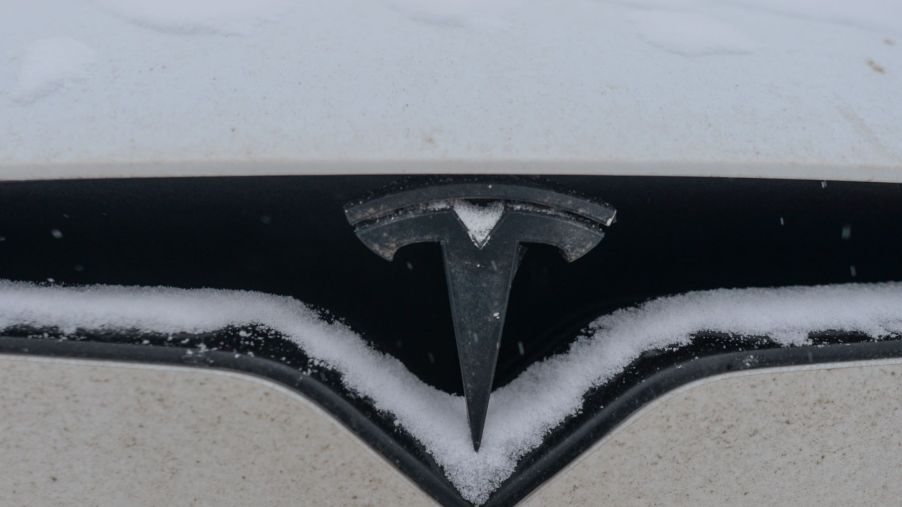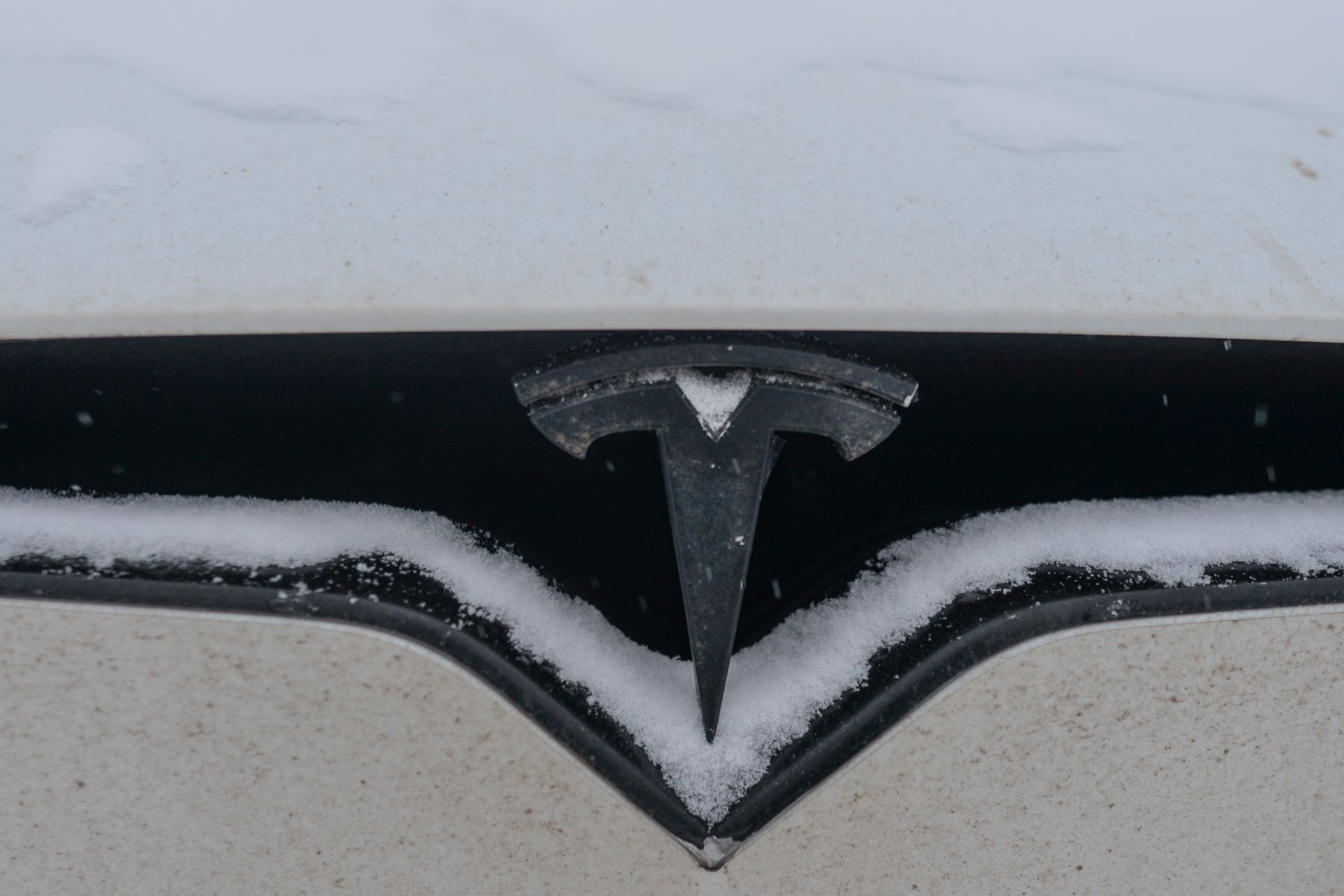
Which EV Loses the Most Amount of Electric Driving Range in the Cold?
The EV revolution is here, but many folks are concerned about the usefulness of EVs during cold winters. EVs, like regular cars, will lose driving range in cold weather due to power demands, but since electric vehicles start with less range than gas-powered cars, this range loss may be very significant. Not all EVs are the same, though, as some handle winter better than others, so here’s a look at which EV loses the most range when it’s in the cold.
Norway tested 20 EVs in cold weather
As Inside EVs wrote, Norway has been one of the strongest adopters of EVs, and Norway is a country that’s not a stranger to cold weather. Norwegian drivers were curious about how electric vehicles performed in cold weather, so they gathered 20 different EVs and put them through a 300-mile test drive during cold conditions.
The cars would also be charged from 10% to at least 80%, which was done when temperatures were about 28 degrees. This real-world test also put the EVs through city driving, highway driving, and even a drive through a mountain pass. They drove the cars at speeds between 37 mph and 68 mph. After that, the Norwegian test drivers gathered the data and compared it to the best case range numbers that automakers give for their cars.
These EVs lost the most range in the cold weather tests

As a whole, the 20 EVs had real-world cold climate range numbers about 18% lower than what they advertised under the European range testing standards. A couple of EVs performed worse than that, though. The worst performer was the Opel Ampera-e, which is actually a car Americans can buy, as it’s basically just the Chevy Bolt with a different name.
The Ampera-e was advertised to have a range of 263 miles under the European testing standard, but it only managed to get 184 miles in cold weather conditions. This is a drop of almost 30%. Another popular EV that didn’t do well was the Tesla Model 3. In the European testing standard, the Model 3 has a range of 348 miles, and during this Norwegian test, its real-world cold weather range came in at 251 miles, or a drop of 28%.
Another EV that saw a significant drop was the Mercedes-Benz EQC. Its advertised range during European tests was 251 miles, and in the Norwegian real-world cold weather test, its range dropped to 191 miles, which is a drop of about 24%.
There are a lot of things to keep in mind though
Real-world tests can be very informative compared to tests done in ideal conditions, but there are many things to keep in mind. First, since this test was done in Norway, the test drivers had access to EVs that Americans don’t have right now. Some of those EVs include the likes of the Renault Zoe and the Škoda Citigo-e.
Those European electric vehicles also have range estimates done under the WLTP standard, which is different from how the EPA tests EVs. As such, there can be big differences in range estimates depending on which organization tested them. Due to that, it’s possible that different cars can lose a bigger or smaller percentage of their original range estimate if the test was done in America.
Additionally, things are improving. This real-world Norwegian test was done in 2020, and many things have changed in the EV world since then. More change is expected, too, as many automakers are trying to make their electric vehicles more efficient in cold weather conditions.


